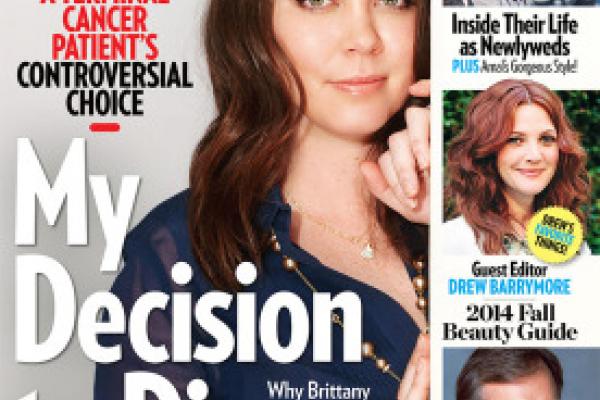Oct 30, 2014
Brittany Maynard’s decision to die soon by a legal, lethal prescription, rather than let a brain tumor kill her, has provoked a national conversation and debate about end-of-life decisions.
In a new video, released Oct. 29, she says she feels herself getting sicker by the day. But since she still feels joy in living, she’ll postpone her day of death past the date originally announced — Nov. 1.
Maynard, 29, has inspired raging arguments about the values, even about the vocabulary, underlying the choices we make about our last days. Her goal, she still says, is to “influence this policy (on physician-assisted dying) for positive change.”
As ethicists, activists and religious voices square off, here are five things to know about death and dying.
Read the Full Article

Already a subscriber? Login
